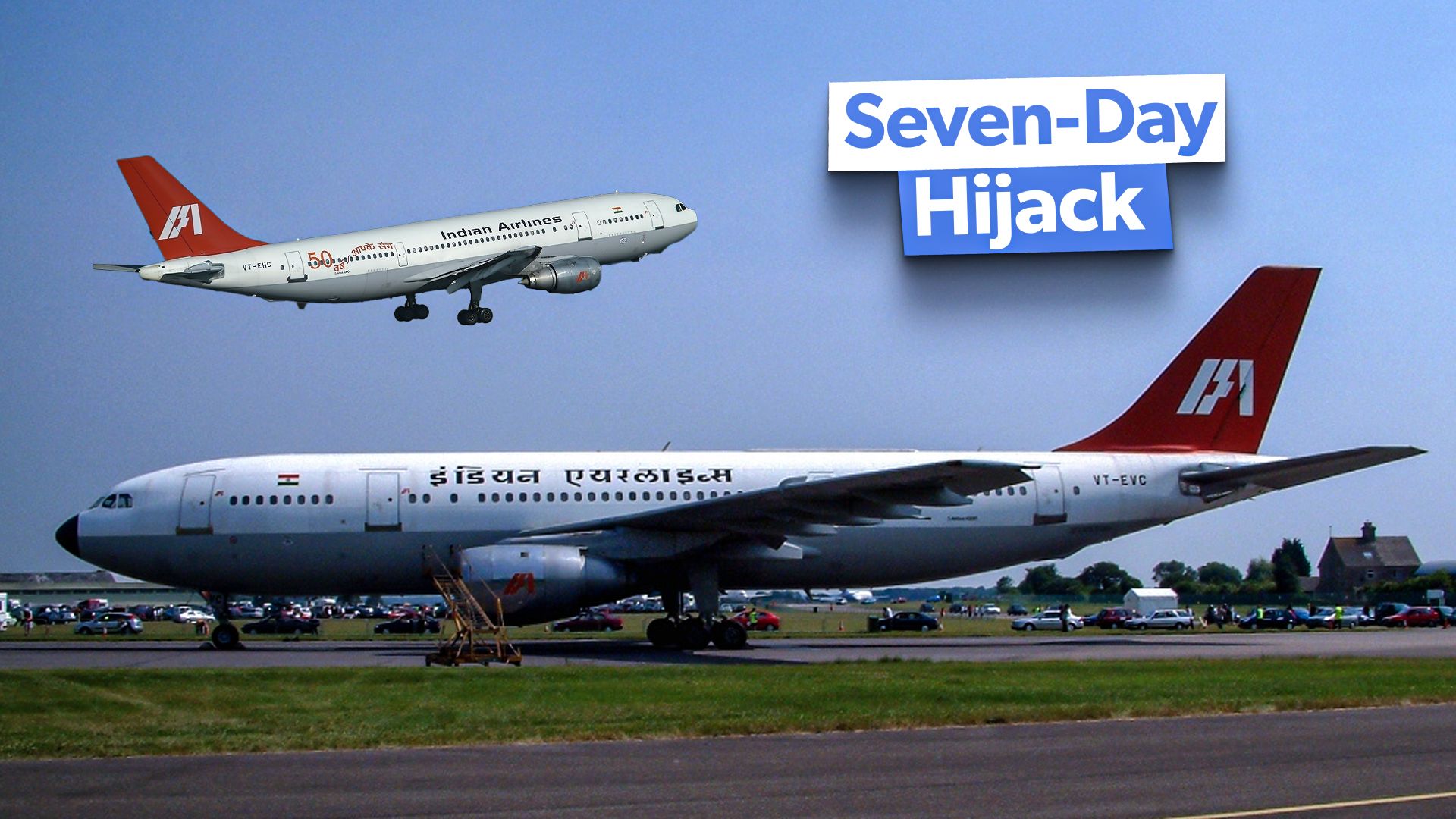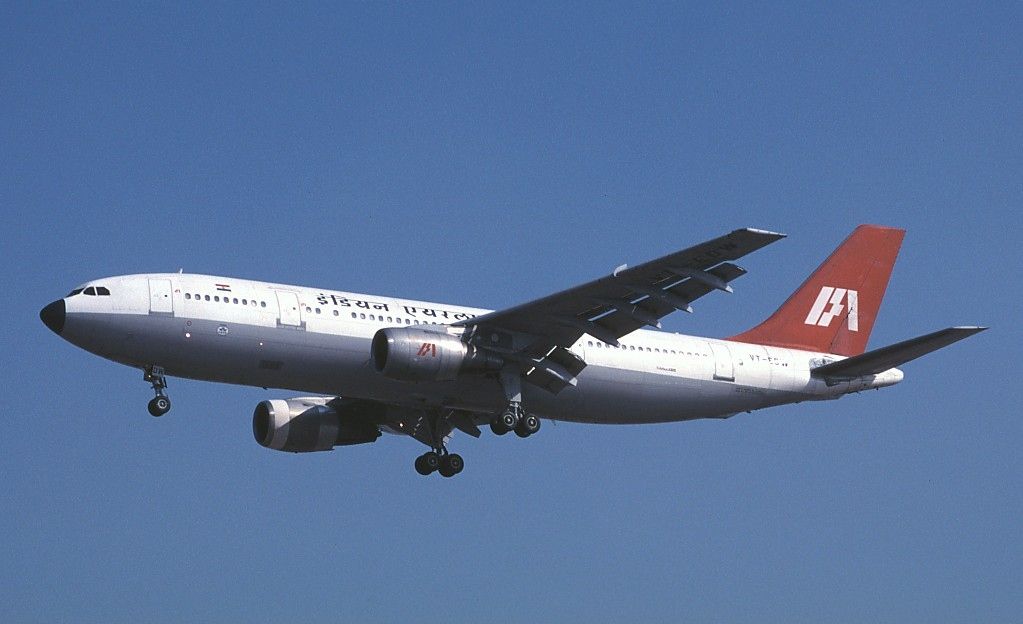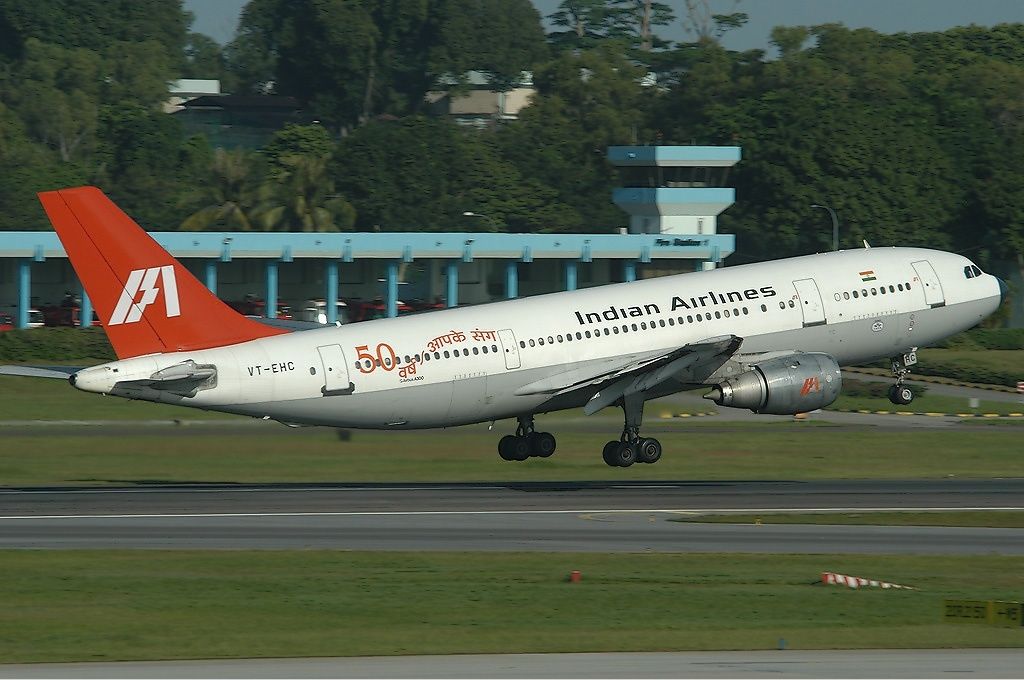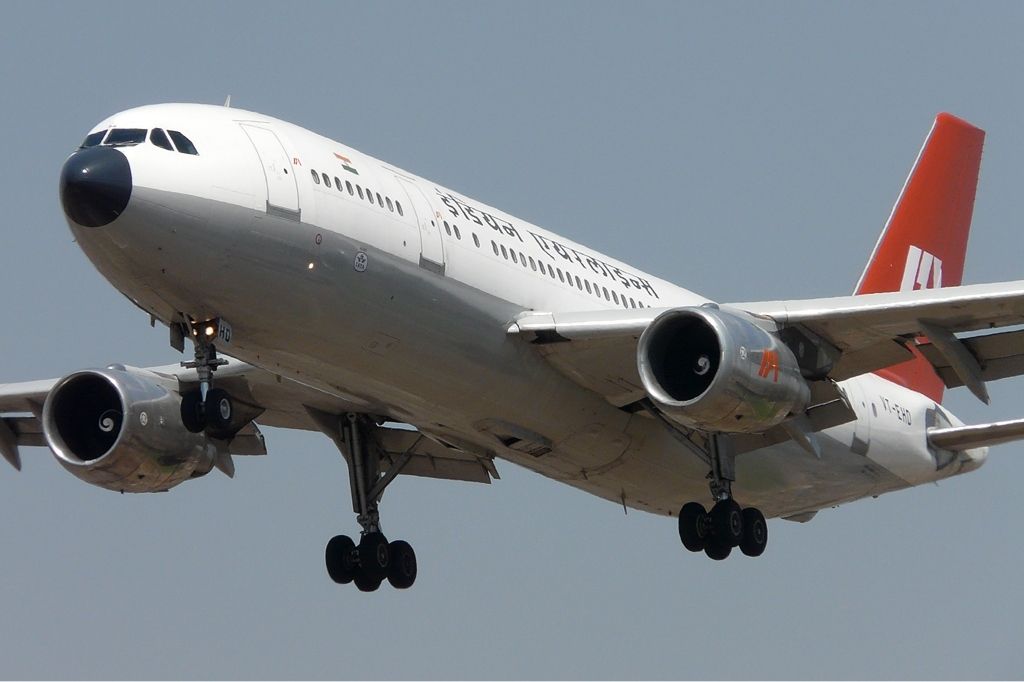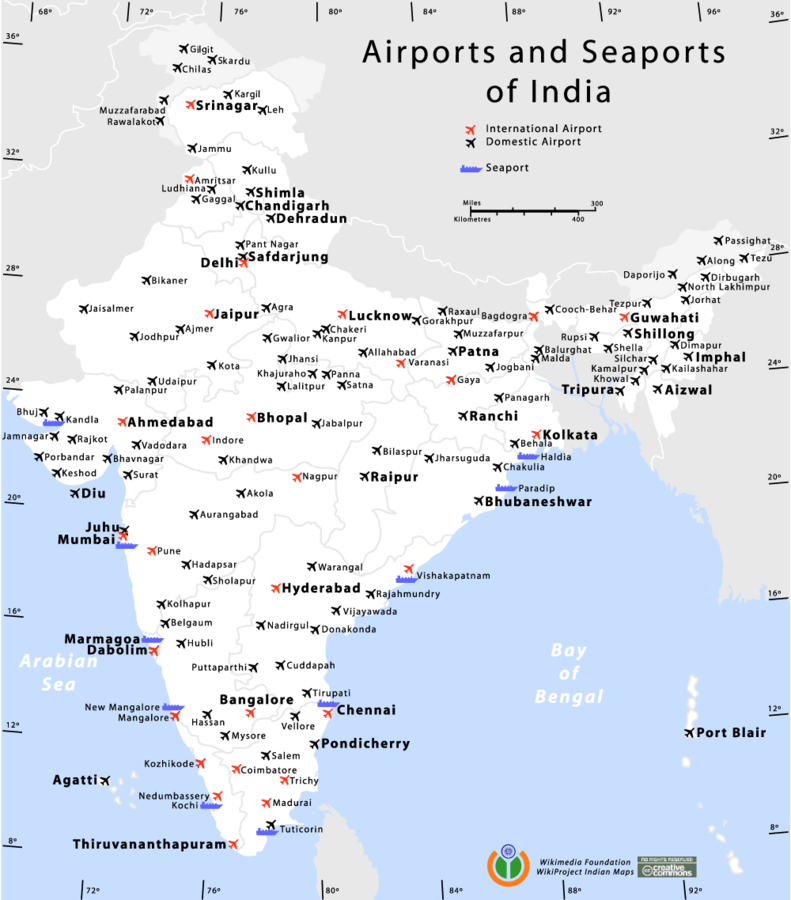Summary
- Indian Airlines Flight 814 was the longest hijacking in Indian history, spanning seven days, and resulted in tragic events.
- The security breach at Tribhuvan International Airport in Kathmandu remains a mystery, leading to speculation of possible networks aiding hijackers.
- The hijackers of IC 814 demanded the release of prisoners and cash, referencing a past kidnapping incident as they sought to influence government decisions.
The captain of
indian airlines
(IC) Flight 814, Captain Devi Sharan, was awarded the 1999 Safe Skies Award. It was an honor bestowed upon him as he steered the flight through the unimaginable ordeal of a highjack.
The episode has also been documented in various documentaries. And now, Netflix is releasing a miniseries named IC 814: The Kandahar Hijack based on the event. Let’s take a look at the five things you should know about the hijack.
1
The longest hijacking in Indian history
From Nepal to India, Pakistan, Dubai, and finally, in Afghanistan
Indian Airlines Flight 814 is often referred to as IC 814. The hijacking of the
Airbus a300
operated by IC spanned seven days. Some of the passengers were beaten up by the hijackers, and one of them was stabbed to death. The hijacking started on Christmas Eve of 1999 and ended the day before the year 2000 kicked in.
The aircraft had taken off in Nepal but eventually landed in Afghanistan, where the hijacking came to an end.
Here are glimpses of the timeline of this week-long hijack, as reported in independent.co.ok:
- Day 1: Hijackers forced Captain Sharan to fly the plane into Pakistani airspace. Despite repeated requests by the Indian High Commission in Pakistan, the plane was forced to land in Amritsar, India.
- Day 1: The aircraft had stopped for a refueling at Amritsar, but after Indian authorities stalled the refuel. So, the hijackers forced Captain Sharan to fly to Lahore regardless.
- Day 1: ATC at Lahore didn’t permit a landing initially but eventually gave in.
- Day 2: The aircraft lands at the Al Minhad Air Base (NHD) in Dubai.
- Day 2: From NHD, the aircraft takes to the Kandahar International Airport (KAH) in Kabul.
For the remaining days, there were negotiations between the Indian government and the hijackers in Kabul.
2
No one knows how security was breached in the Kathmandu airport
A lack of security at the check-in was later resolved
It is still a mystery to many people how the security at the
Tribhuvan International Airport
(TIA) in Kathmandu was breached. Talking to Simple Flying, Karan Bhatta, a researcher of space science and an aviation journalist based in Nepal, commented about the lack of sophisticated airport technology in the nation:
” We grew up hearing about stories and myths about how Charles Sobhrag, the serial killer, had once said that he could get an elephant through the airport security in Kathmandu. On the backdrop of such myths, it wouldn’t surprise any Nepalese that a highjacking took place in 1999 from the Kathamandu airport. I have even heard people say that Daud Ibrahim, the notorious gangster, used his network in Nepal to breach the security.”
Following the hijack, Indian Airlines suspended its flights from Kathmandu Airport. Here’s a take a look at the timeline of the suspension and its eventual resuming of Indian Airlines’ flight from TIA:
|
Hijack and the cancelation of Indian Airlines operations to and from Nepal |
24 December 1999 |
|---|---|
|
End of hijack |
31 December 1999 |
|
Resuming of Indian Airlines flight at TIA |
June 1, 2000 |
The Tribune India reported that IC allowed its flights to operate in TIA only after the following changes:
- Installation of an additional X-ray machine.
- A final check by Indian security personnel at Kathmandu Airport.
3
Referencing a kidnapping that took place a decade earlier
Freeing five prisoners during negotiations
On 26th December 1999, the foreign minister of India was at a press conference addressing the issue at hand. During the middle of the conference, the relatives and family members of the people trapped in the hijack of Indian Airlines Flight 814 stormed the press area. They demanded that the government give into all the demands of the hijackers, stressing the importance of civilian lives.
Some of the demands that were made by the terrorists included:
- Release of 36 prisoners who were in Indian jails.
- $200 million in cash.
- The coffin of Sajad Afghani, who had been killed and arrested by Indian authorities.
The relatives and family made reference to how the government of India had met the demands made by the terrorists during the kidnapping of Rubaiya Sayeed, the daughter of the-then Indian Home Minister Mufti Mohammad Sayeed.
The kidnappers of the incident, which took place on 8 December 1989, demanded that the Indian government release five jailed members of the Jammu Kashmir Liberation Front (JFLK), reported the New York Times.
4
The incident was first documented in popular culture as a book
A book dubbed to be “most gripping”
According to Netflix, the inspiration for the series IC 814: The Kandahar Highjack comes from “the event that sparked an international political crisis”. After all, the attackers had landed in Taliban-controlled territory and much of the negotiations had taken place from there. Netflix also gives credit to the book Flight into Fear: A Captain’s Story. The series was adapted from this book written by Captain Devi Sharan.
The captain knew that the plane had been hijacked a little less than an hour after it had landed. Here’s the timeline:
|
16:00 Indian Standard Time (IST) |
Flight IC 814 takes off |
|
16:39 IST |
IC 814 entered Indian airspace |
|
16:53 IST |
Captain Sharan was informed about the hijacking. |
|
16:56 IST |
Delhi ATC was informed about the hijacking. |
Captain Sharan was asked by the terrorists to land in Lahore. The ATC denied captain Sharan’s request to land in Lahore. The flight landed in Amritsar, India. There, the hijackers demanded that the Indian authorities get permission to land in Lahore. Captain Sharma’s communication, as reported by India Today:
Please get permission to land at OPLA (Allama Iqbal International Airport in Lahore)… otherwise they are ready to crash anywhere … they have already selected 10 people to kill…We are all dying”
5
It was the last hijacking in India
As many as seven hijackings in the 80s and five in the 90s
There were quite a few peculiarities about hijacking. The five people who hijacked the aircraft used the names Chief, Doctor, Burger, Bhola, and Shankar to refer to themselves. One of the hijackers even won the hearts of people, suggested popular Indian Youtuber Dhruv Rathi. A hijacker named Burger won the passengers’ hearts by singing and telling jokes.
Before IC 814, the decade of the 1990s saw a number of hijackings of Indian airplanes. Some of these include:
- 24-25 April 1993: Indian Airlines Flight 427 was hijacked as it was making its way from Delhi to Srinagar. The hijacker was killed by the commando, ensuring no passengers died.
- Aviation Safety Network reported that on 10 April 1993, “Four students from the Government Arts College of Lucknow hijacked an Indian Airlines Boeing 737 aircraft during a flight from Lucknow (LKO) to Delhi (DEL). The students claimed to have explosives strapped to their bodies.”
- Aviation Safety Network also reported that on 22 January 1992, an Indian Airlines flight heading to Delhi (DEL) from Lucknow “was hijacked by an Indian male who threatened to blow up the aircraft with what he claimed to be a ‘chemical bomb’.”
However, after the hijack of IC 814, no Indian airplanes have been hijacked.

